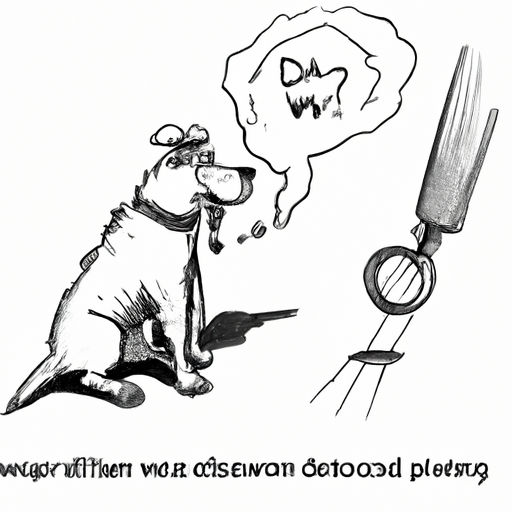1. Introduction to Dew Claws
If you’ve ever taken a close look at your beloved canine’s paws, you’ve probably noticed that little extra toe higher up their leg, also known as the dew claw. You might wonder, “What are dogs’ dew claws for?” It is a question that often arises in the minds of dog owners and caregivers.
2. The Function and Purpose of Dew Claws
Dew claws are essentially the thumbs of your dog. Though they don’t use them in the way we use our thumbs, they serve a purpose.
-
Stability: When dogs run, their dew claws come into contact with the ground to provide extra traction and stability. This is particularly evident in dogs that run on uneven terrain.
-
Grasping: Some dogs use their dew claws to hold onto things, like their favorite chew toy. While it’s not as effective as a human thumb, it’s still a useful tool for them.
-
Climbing: Dew claws can help dogs climb over obstacles, or even climb trees if they’re in pursuit of prey or for fun.
3. The Controversy Around Dew Claw Removal
There’s a long-standing debate among dog owners and veterinarians about whether dew claws should be removed. This procedure is often performed when the dogs are puppies, with proponents arguing that it prevents potential injuries. However, opponents of the procedure argue that dew claws serve an important function and should be left intact.
| Pros of Dew Claw Removal | Cons of Dew Claw Removal |
|---|---|
| Prevents potential injury | Can cause initial pain and discomfort |
| Less maintenance in terms of nail trimming | Removes a functional part of the dog’s anatomy |
4. Caring for Your Dog’s Dew Claws
As a caregiver, it’s important to pay attention to your dog’s dew claws.
-
Trimming: Dew claws don’t wear down as the other claws do, meaning they require regular trimming to prevent them from growing too long and causing discomfort or injury.
-
Checking for Injury: Because of their position, dew claws can be prone to injury. Regularly check them to ensure they’re not damaged or infected.
-
Professional Care: If you’re uncomfortable caring for your dog’s dew claws yourself, consult with a professional groomer or veterinarian.
5. Frequently Asked Questions (FAQs)
Q: Do all dogs have dew claws?
A: Most dogs have dew claws on their front paws, and some even have them on their rear paws.
Q: Can a dew claw grow back after removal?
A: No, once a dew claw has been surgically removed, it will not grow back.
Q: How often should I trim my dog’s dew claws?
A: Dew claws should typically be trimmed every few weeks, but the exact frequency depends on how quickly your dog’s nails grow.
Q: Will removing my dog’s dew claws hurt them?
A: Dew claw removal can cause initial pain and discomfort, but with proper care and pain management, most dogs recover quickly.
In conclusion, dogs’ dew claws play a significant role in their day-to-day activities. As a caregiver, understanding this will help you ensure your furry friend stays happy and healthy.



